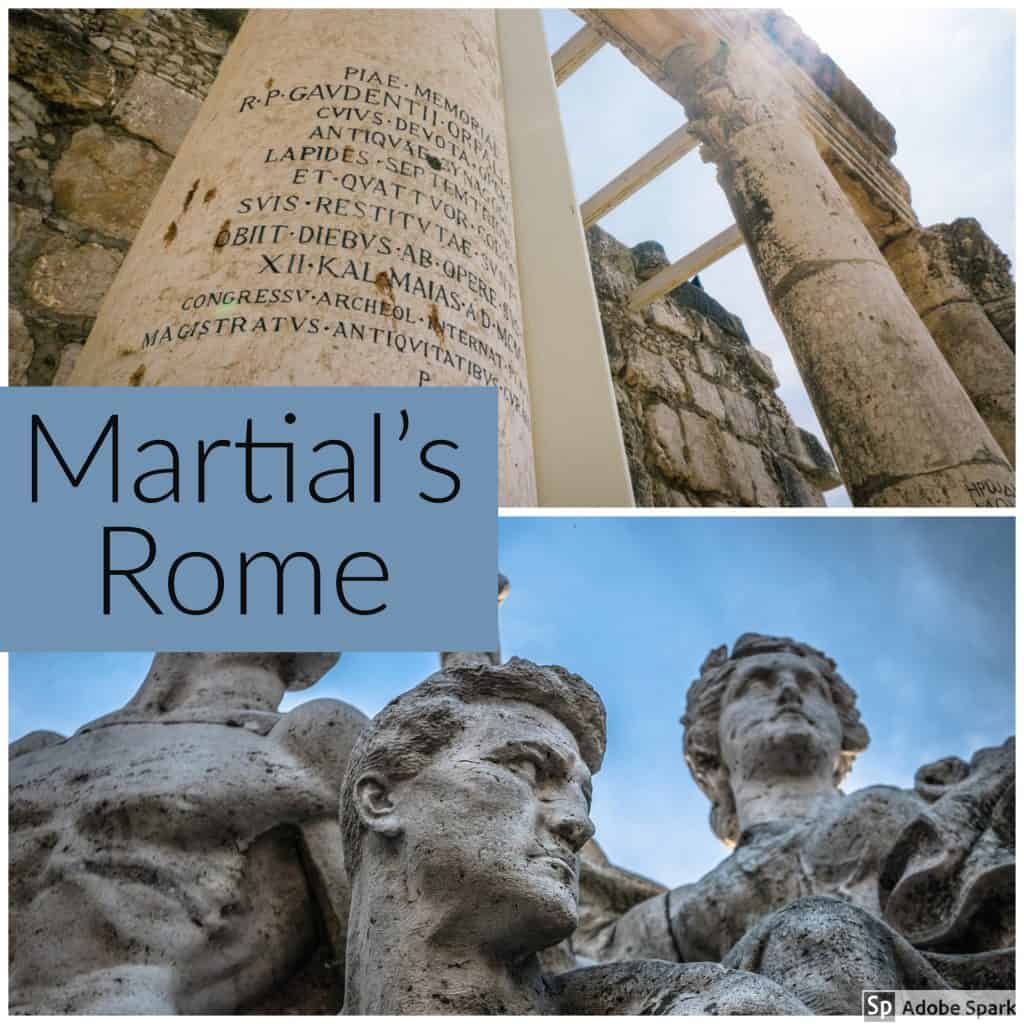Reflection on Lesson
XCV. A CHASED GOLD CUP.
Although I am formed of the most beautiful and ruddy Callaic gold, I glory far more in my workmanship; for it is that of Mys.
Alas, this is the last epigram we shall see. My mistake with this lesson was that I was caught up within the workmanship of the epigrams and lost sight of my learning target. This was most certainly my folly. Though I went into this lesson with a clear intent, I spent the majority of my prep time learning about Martial, his works, and the Rome he lived in. I think for me this illustrates one of my greatest struggles in teaching history, balancing my own passion and excitement for the materials with digestible and effective lessons.
Overall, I would say that the lesson is workable. I think more clarity and focus would be required in the future via fewer more focused epigrams, this would be the order of the day if I taught the lesson as it is once more. In truth, I think the ideal utilization of Martial, and Juvenal, would be as vignettes set within a larger lesson. I believe they do provide humanization, which was my professed goal, but that flooding students with these works tends to obscure this. Further, attempting to impose SOAPSTone on these works added an unnecessary layer, to an already unwieldy amount of information. This also obfuscates the general idea behind the lesson and asks the students to perform too many tasks at once.
On the other hand, Martial and Juvenal do provide more lively sources than the majority of these we see about the classical world. I believe that utilizing comedic sources does have value, and think that they could be successfully integrated into the lesson. Overall, I am pleased, I have learned about a new set of sources and now spent enough time among them I can navigate them with confidence, and know they shall serve me well in my Rome unit.


